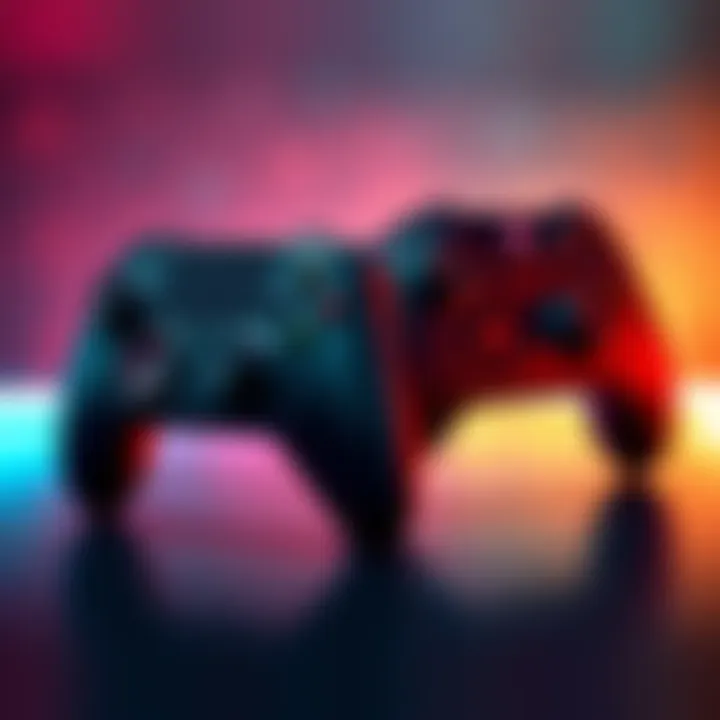Controllers Showdown | Exploring Key Features and User Sentiments
Edited By
Nicolas Dubois

As gamers debate the merits of the Gamesir G7 and DualShock 4 controllers, a surge of comments reveals a split opinion on refresh rates, deadzones, and durability. The discussion has intensified, prompting enthusiasts to analyze their gaming setups and performance outcomes.
Refresh Rate Advantage
The Gamesir G7 boasts a refresh rate of 250 Hz, which some gamers claim significantly enhances their experience compared to the 125 Hz of DualShock 4. A user highlights, "You can overclock Gamesir to 1000 Hz; Hall Effect sticks are very fast and durable." This capability raises the stakes for competitive play, especially in fast-paced games.
Sensitivity and Deadzone Dilemmas
Sensitivity settings like deadzones play a pivotal role in controller performance. Users are tinkering with initial deadzone values. One noted, "I change the initial deadzone from 10 to 0, and now I can get a full circle." This adjustment suggests different preferences among players regarding control precision.
Conversely, some players report difficulties managing diagonal inputs. A concerned player mentioned, "Diagonal inputs feel a little rough but not impossible." The struggle to find a balance between responsiveness and control continues.
Controller Longevity Concerns
Controllers are notorious for developing drift issues over time. One user remarked, "They are fine the first month, then just get worse" This sentiment resonates with many, raising questions about the durability of both options.
Mixed Feedback and Community Insights
The debate doesn't end with technical specifications. Many players reflect on the practicality of Hall Effect sticks versus traditional joysticks:
Gamesir G7: "Hall Effect sticks much better for precise movements."
DualShock 4: Pros still favor this but acknowledge precision differences.
Several users doubt whether this precision truly impacts all skill levels. A comment read, "The amount of movement precision one would need for that to make a significant difference is probably only evident at SSL+ levels."
Key Insights
🚀 Gamesir G7 surpasses DualShock 4 in refresh rate at 250 Hz.
⚙️ Users find advantages in adjusting deadzones for smoother control.
📉 Concerns over controller drift raise eyebrows regarding durability.
As gamers gear up for the next level, the choice between these controllers may come down to personal preferences and gaming styles. Will the Gamesir G7 become the new favorite, or does the reliable DualShock 4 still hold its ground? Only time will tell.
What's Next for Controller Competition?
As gamers continue to test the waters with the Gamesir G7 and DualShock 4, there's a strong chance the landscape will shift further toward higher refresh rates and customizable settings. Experts estimate around 70% of competitive players may lean towards the Gamesir G7 in the coming months, citing superior features that cater to precision and responsiveness. However, the DualShock 4's established loyalty will hold a significant portion of casual gamers, keeping this rivalry alive. This duality suggests we might see more advancements and perhaps niche markets emerging as brands compete for specialized gaming preferences.
A Parallel from the Sports World
In examining controller dynamics, consider the evolution of tennis rackets in the late 1990s when competing technologies—like wider frames and lighter materials—changed how players approached the game. At that time, traditionalists clung to their classic, heavier rackets, much like casual gamers do with the DualShock 4. The sport saw a divide as newcomers adapted, pushing the boundaries of technique and performance. Today’s controller debate mirrors this shift, as loyal gamers weigh comfort against cutting-edge performance, potentially heralding a similar transformation where new technologies redefine how we play.
